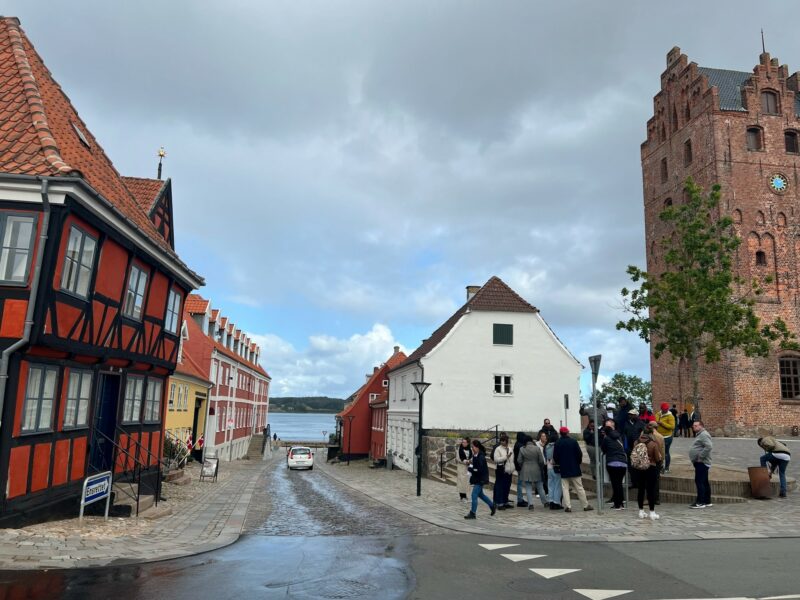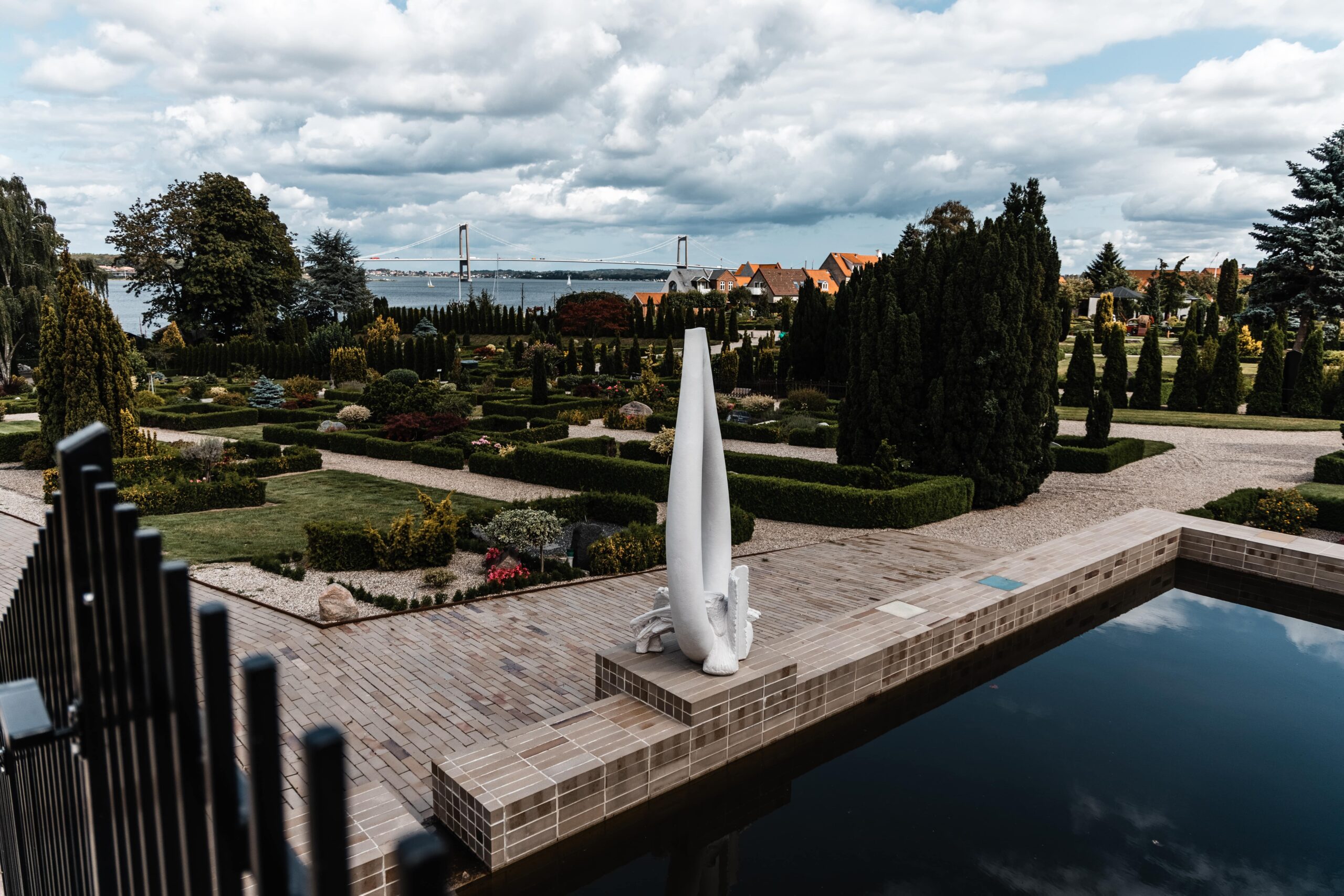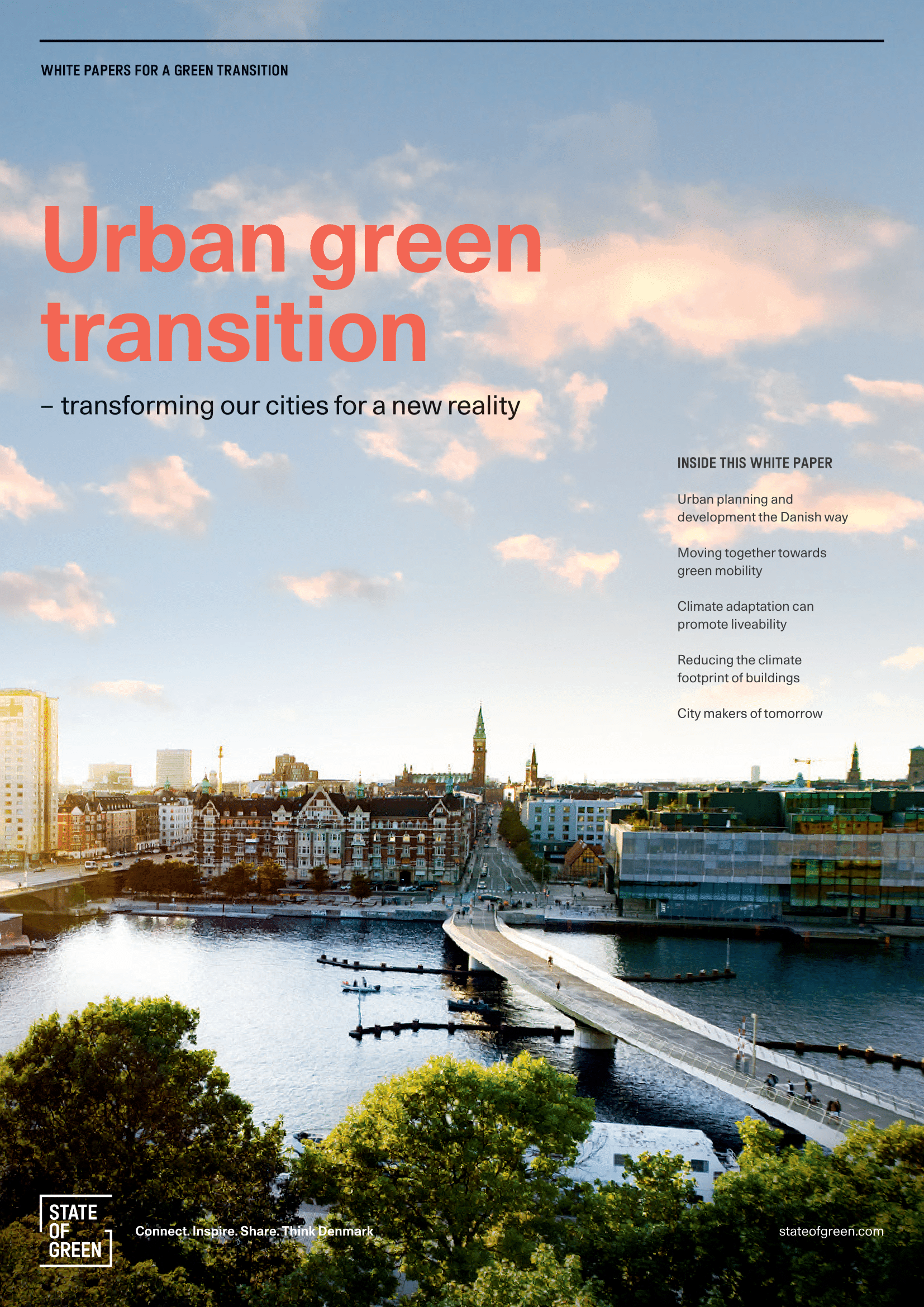The city of Middelfart is situated on the Danish island of Funen. A market town in central Denmark with approximately 16,000 inhabitants, its combination of coast and wooded areas is very picturesque. However, in recent years the Kongebro area in the western part of the city was increasingly being impacted by vast amounts of rain, flooded cellars, water in the streets and overflow to the Little Belt (Lillebælt in Danish) strait.
Therefore, in 2012, Middelfart Wastewater, the City of Middelfart and the philanthropic organisation RealDania initiated a preliminary study to assess how excess rain would affect the area in the future. The results indicated that unless climate adaptation measures were implemented, the negative impact of these challenges would only increase in the future. Based on this assessment, the partners behind the study resolved to establish the project ‘Climate City Middelfart’. The project had a clear aim that not only would it develop solutions to manage excessive rainfall on the surface, rather than underground in pipes, but in doing so, it would also foster urban development. Director Hans Peter Svendler from RealDania stated:
“We want to create new solutions within the fields of climate adaptation and sustainability, which, at the same time, take the existing urban space into account as well as developing it. For us, it is essential that the new technical solutions foster city life.”
Climate City Middelfart commenced with the launch of an architectural competition to select which firm would create a more climate-resilient, more beautiful and more recreative town. The winning architectural firm, LYTT, made involving local citizens in the project, so that their support and insights were secured, central to their process. In addition, incorporating and strengthening the integration of blue and green elements into the Climate City project were key. This means that rather than being a problem, water is conceptualised as a resource and an aesthetic element. This takes place through the creation of three so-called ‘Water ways’, which take advantage of the area’s naturally sloping terrain to divert rainwater through the town’s streets via the water ways and out to Little Belt. Doing so solves the risk of flooding, and simultaneously creates new recreative spaces, where citizens can be active. In residential areas, deliberately diverse flora has been planted to absorb rainwater, while the water ways collect extreme rainfall and divert it through the town to Little Belt. The streets in the residential areas are disconnected from the sewerage drains, so that all rainwater is managed on the surface.
In the area known as the ‘Activity Forest’, several waterways meet and are amassed into a larger stream and in small lakes, where the rainwater from one of the other areas of the project is collected and can seep down during larger cloudbursts. Between lakes and streams there are areas for ball games, play and exercise.
In total, Climate City Middelfart covers an area of 450,000 m2 that spans a number of different terrains – from residential areas on the outskirts of the town through to the centre of the town and down to the historic area by the water, with a height difference of 38 metres between the different areas.













